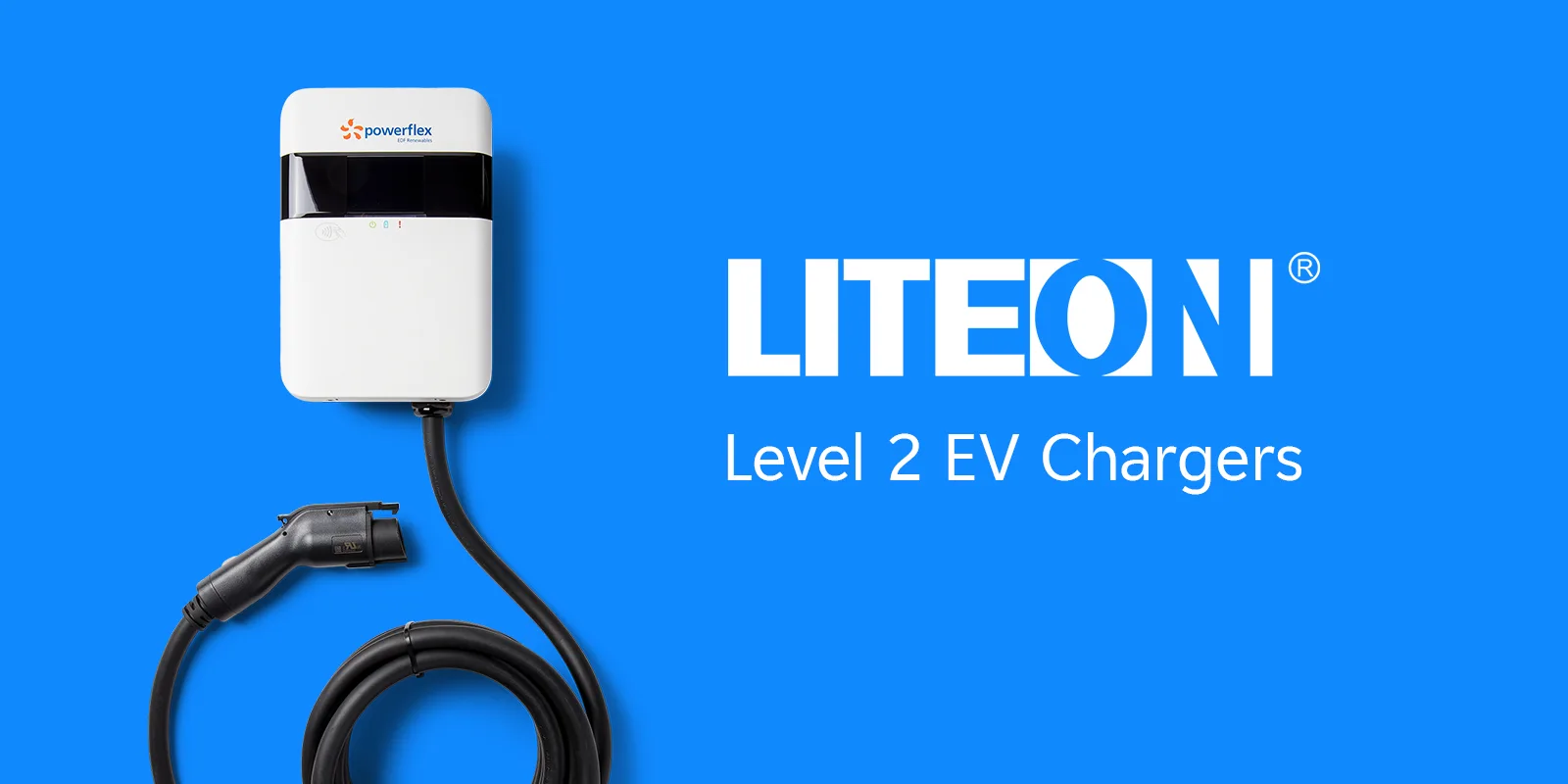Virtual Power Plants Are Gifts That Keep on Giving — Here’s How to Cash In
.jpg)
Cleantech assets are a sound investment for business owners motivated to cut emissions. Solar, energy storage, and electric vehicle (EV) charging systems strengthen sustainability and reduce reliance on costly utility power.
Joining a virtual power plant (VPP) helps capture even more benefits, like generating revenue from energy assets while contributing to grid stability. Read on to learn about VPPs, how they create value, and how VPP providers like PowerFlex help with participation.
What Is a Virtual Power Plant?
A virtual power plant is a network of distributed energy resources (DERs) like solar panels and battery energy storage systems typically owned by different businesses at different sites. A VPP provider (or operator) aggregates, monitors, and manages these DERs remotely using cloud-based technology, as if they were a single power plant.
“The basic function of a virtual power plant operator is to be the middleman between site owners and the grid,” explains Mary Cauwels, Head of Product Marketing at PowerFlex. “A VPP operator has the authority to dispatch excess power as the grid needs it and then, afterward, do the financials so that each site owner gets paid for the power they contributed.”
Who Are VPPs For?
There are options for nearly all business types to participate in a VPP so long as they operate an onsite DER like a solar array, EV chargers, or a combination of resources.
Alison Cumming, Director of Grid Services and V2X at PowerFlex, says VPPs are suited for many kinds of customers. “It could be the owner of a small office building looking to better manage their energy bills,” explains Alison. “Maybe it’s a massive hospital complex with parking throughout and they want to install hundreds of EV chargers. Even fleets like major shipping and logistics companies can participate.”
Learn more about VPPs and how to participate in our guide.
Harnessing the VPP Value Stack
Helping customers get the most from their DERs by leveraging multiple revenue streams is called “value stacking.” A VPP provider utilizing an intelligent energy management system, such as PowerFlex’s PowerFlex X™, can balance customers’ energy needs with opportunities to participate in economic incentive programs like demand response or virtual net metering.
“Of course, you're saving on your electricity bill because you're generating a lot of your own power,” says Mary, “but you can get a faster payback if you're also being paid by the grid for excess power.”
Depending on your facility’s location and the size, type, and configuration of your energy resources, a VPP provider has a range of tactics for monetizing DERs:
- Net metering: exporting electricity to the grid for monthly bill credits
- Peak shaving: reducing your facility’s maximum grid energy consumption
- Demand response programs: curtailing energy use during utility events such as heat waves
- Energy markets: receiving compensation for grid services that improve grid health
- Regional programs and incentives: jurisdiction-specific programs that can include tax credits, rebates, or other options
Participating in a VPP can potentially add hundreds of thousands of dollars in energy savings or income year after year. As Mary explains, “The benefit of participating in a virtual power plant is that the VPP operator can grab the excess power you're not using during low periods and capture revenue. It’s like the gift that keeps on giving.”
Working With PowerFlex as a VPP Provider
PowerFlex is an expert provider of cleantech solutions, including VPP services. We leverage patented algorithms to co-optimize energy assets across your portfolio, freeing you to concentrate on your core business.
Our VPP offerings support end-to-end energy management:
- Understanding your current energy load
- Tracking your current power costs
- Modeling your future state
- Sizing and creating a cleantech system
- Managing the interconnection process
- Enrolling your assets in incentive programs
- Managing operations as they go live
- Monitoring assets for optimal performance
- Support, maintenance, and remediation of any issues
- Collecting payments from programs
- Distributing payments to all VPP members
For companies considering enrolling in a VPP, Alison says the time is now. “New opportunities are presenting themselves very, very regularly. Jurisdictions are unlocking dollars to support the grid with clean energy resources and there are bonus incentives to join early.”
Mary agrees: “It's never too late to join a virtual power plant. If you're planning a new build, you can factor it in ahead of time. And if you already have existing assets that you want to enroll, you can reach out to a provider like PowerFlex.”
Ready to get started? Contact us to learn more about participating in a VPP.



